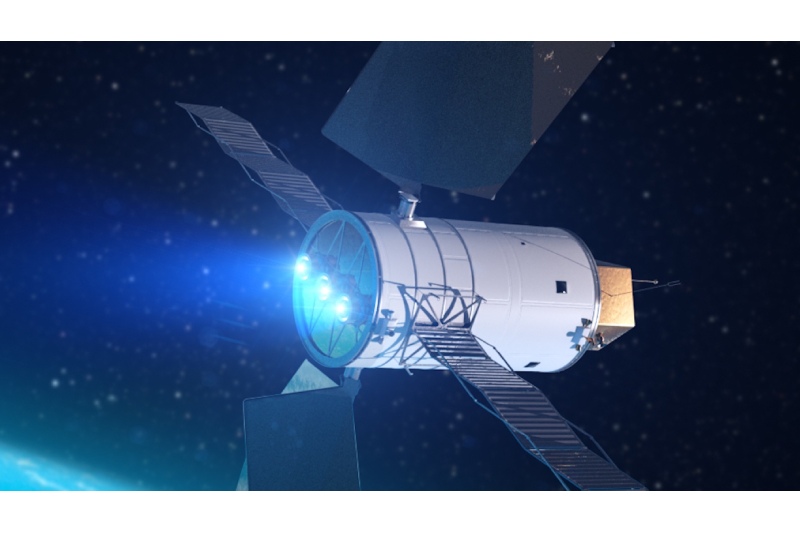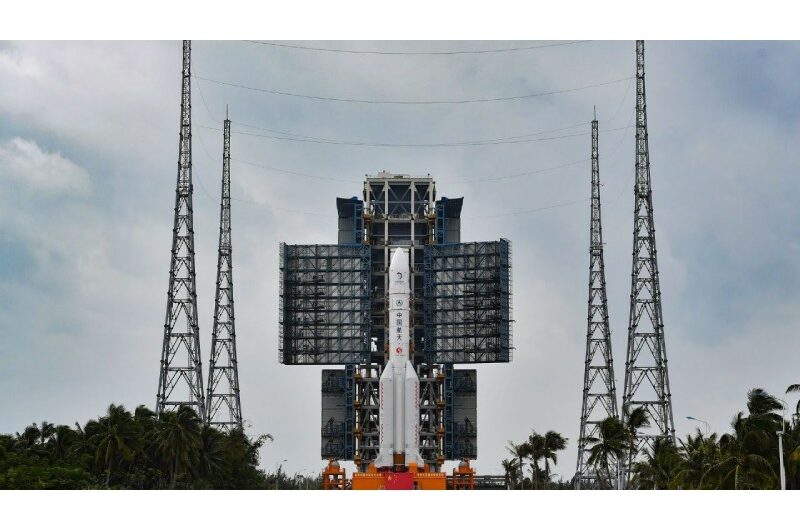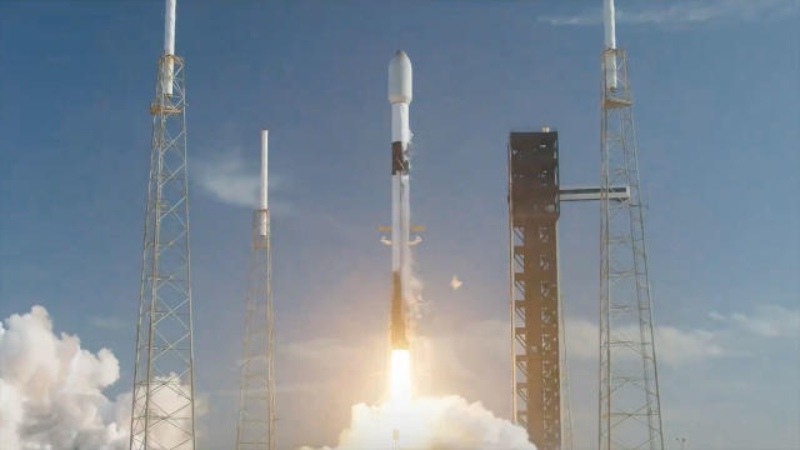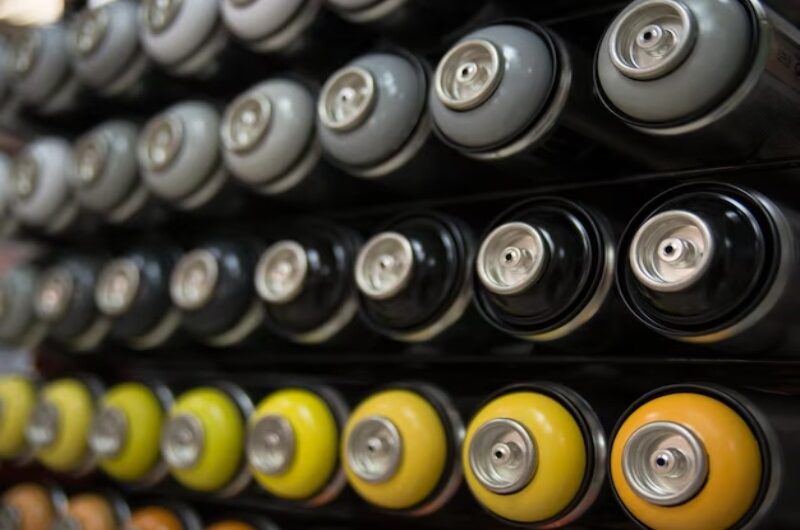As Benchmark Space transitions to producing the systems on a big scale, its first electric thruster is in orbit and prepared for use.
The business declared on March 19 that the Electro-Optical/Infrared (EO/IR) Weather Systems (EWS) demonstration cubesat, which was constructed by Orion Space Solutions and launched on March 4 as part of the SpaceX Transporter-10 rideshare mission, is equipped with its Xantus propulsion. The business stated that following on-orbit checkouts, it plans to shortly begin firing the thruster.
The metal plasma thruster Xantus is powered by molybdenum. The technology was acquired by Benchmark, a company that has created chemical propulsion systems, when it acquired Alameda Applied Science Corporation in August 2022.
The millinewton-class Xantus thruster will be utilized on EWS, a 12U cubesat, for end-to-end spacecraft activities, such as deorbiting at the conclusion of its mission. However, Benchmark observes that larger spacecraft have the greatest need for the propulsion.
The microsat class currently accounts for the majority of Benchmark’s demand, according to Chris Carella, the company’s chief commercial officer. He stated that Xantus would be utilized in groups of two or four on those spacecraft for payload pointing, proximity operations, and other “precision maneuver” uses like stationkeeping.
“Xantus does a great job at everything a cubesat needs to do, but mainly where the demand is coming from is that microsat and ESPA-class,” he said.
Benchmark is offering Xantus in combination with chemical propulsion thrusters that offer higher thrust, a “multi-tech hybrid” approach. “We have this toolbox of different technologies,” he said. “Benchmark from the start has wanted to be able to serve a customer from mission to mission even as the mission needs change.”
Xantus is being produced on a massive scale, according to Benchmark, and more than 50 units should be delivered this year. Among them, over ten will go to In-Space Missions, a small satellite development division of BAE Systems based in the United Kingdom.
Technically speaking, the Xantus unit on the EWS cubesat is not the first system flown. An unnamed satellite that was launched in January 2023 had a Xantus thruster on it, but it was unable to deploy and could not be used.
Prior to Benchmark’s acquisition, Alameda constructed the previous thruster, according to Benchmark vice president of electric propulsion Kent Frankovich. Since then, the thruster’s design has been improved by the business in an effort to facilitate mass production.
“We took what was a hand-assembled unit that we knew would work but was very much not ready for larger production,” he said. “You can make one that works, but can you make 10 or 100?”
He claimed the company has improved the software that operates the thruster and fitted the thruster into a 1U form factor in addition to fine-tuning the design to increase manufacturing. “Maturing the product was the main goal there.”
“This is going to give us a huge sigh of relief,” Carella said of the upcoming on-orbit tests of Xantus. “Seeing it fire on orbit is that next level of credibility.”
Topics #First Electric Thruster #Space System










